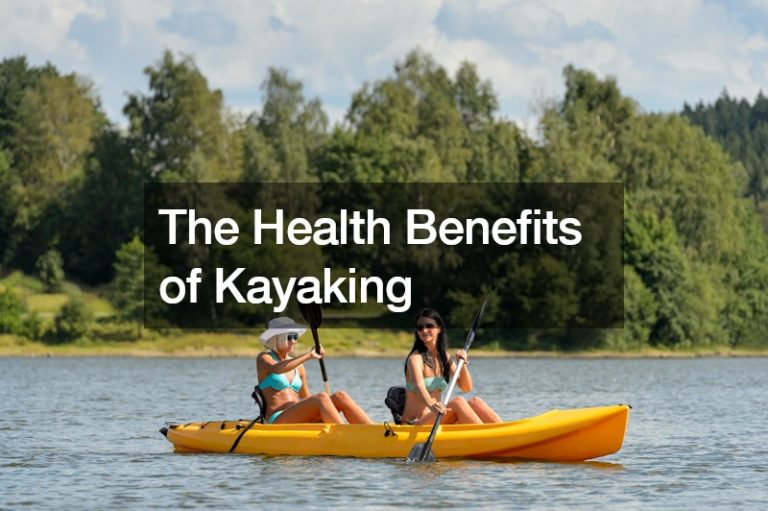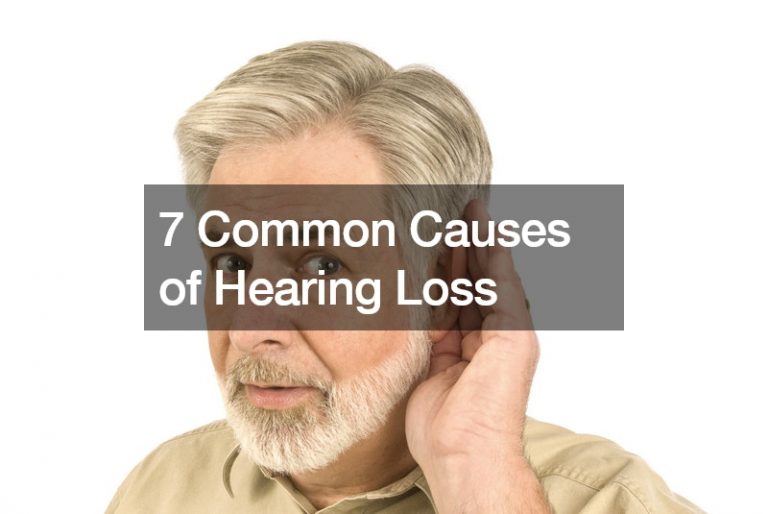In general, things we don’t see are easy to ignore. We forget about tasks unless we track them with a to-do list. Unused storage rooms, the basement, and roof are frequently neglected areas when it comes to cleaning and home maintenance.
This helps to explain why many people seem to have problems with their posture. Modern lifestyle complicates the issue. When children spend hours sitting in front of a screen, and continue to do so as adults, their posture can be at the mercy of chair or couch contours. Parents, already juggling countless tasks, can’t always be reminding their kids to keep a straight back.
But a scoliosis specialist can tell you that just as poor posture can be acquired, it can also be fixed. If you’ve been slouching or stooping since childhood, you don’t have to suffer a lifetime of pain in your shoulders, neck, and back. Here’s what you can do.
Understanding the mechanism
Unfortunately, the longer you’ve spent living with a bad posture, the less likely it is to improve with a simple effort to straighten your back. It would help if you made a continuous, conscious effort; eventually, you’ll lapse into the old posture. Before working on improvements, it’s helpful to review the underlying mechanism.
Unless you have idiopathic scoliosis, which is genetically influenced, the shape of your back isn’t determined by your spine. Various muscles support the bones of your spine. The strength of these muscles is what allows people to maintain good posture without conscious effort. And like any other muscle, if they aren’t used, they decline; this reinforces bad posture.
Posture has wide-ranging effects
When you talk about ‘core muscles,’ most people think of a six-pack or V-shaped traps. But the back is also an integral part of this muscle group. And the role of core musculature is to transmit force throughout the body effectively.
This becomes critical when you’re exercising. Except for a few isolation exercises, you’ll need to engage your core in every movement. A weak back becomes the weakest link in the chain of transmission of force. Your other muscles will have to compensate.
In turn, this leads to poor form. A professional trainer can spot the mistakes and guide you through how to correct them. But many people exercise alone, without even a mirror to alert them to the problem that’s out of sight, and therefore out of mind. Over time, you’ll risk injury without addressing the real issue.
Poor posture affects even simple movements. In fact, the more you become accustomed to sedentary living, the more you’re likely to suffer aches and pains. Sitting at your computer to work is a common source of repetitive strain injury, and the effects will become more pronounced as you age.
Finally, posture also impacts your mental health. Studies have shown that our mood and confidence levels are boosted by sitting upright. Slumping, on the other hand, was correlated with a negative emotional state and low self-esteem.
Working on improvements

Thus, it’s clear that if you’re dealing with a posture problem, addressing it must become a priority if you want to achieve long-term health goals. So how do you take steps to get better?
You might be itching to plan your workouts, but remember that poor posture is developed over time. Many bad habits could have contributed to this problem over the years. You won’t get far without taking care of those first.
Keep a mirror around the house and use it in your workouts; a workout buddy can also be helpful to spot errors in form. Engage your friends, family, and even colleagues so that they can always remind you while you’re still building the habit.
Cut down on unnecessary activities that keep you in sedentary mode, and make a practice of moving naturally. Invest in sound ergonomic equipment and furniture so that you can continue to work with good posture.
The mechanics of exercise to improve your posture are simple. You need to work with frequency and variety to strengthen and stretch your core muscles. Squeezing the shoulder blades, holding a firm plank or reverse plank position, and executing a bridge lying down are hardly intimidating compared to the staple push-ups or squats. But they are incredibly useful for building back strength.
Moving forward, you might want to use a long-term exercise program that incorporates several yoga poses. These sequences will not only ease you gradually into more challenging poses such as downward-facing dog; they also work out the entire core musculature. Neglecting muscles you couldn’t see might have caused the problem; this will ensure you never make the same mistake.






